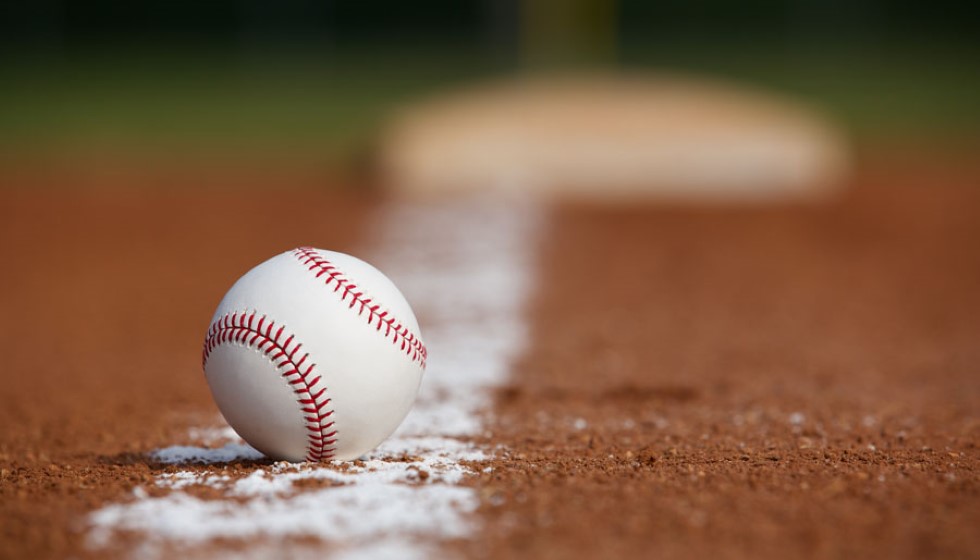
The Major League Baseball (MLB) 2023 season is encountering a significant hurdle as players, especially pitchers, face a surge in injuries. A concerning pattern has emerged, with a noticeable uptick in torn elbow ligaments sidelining several of the league's top talents for the remainder of the season. The spotlight, this time, is on the troubling rise in pitcher ailments, casting shadows on the current state and future directions of pitching in baseball.
Rising Injury Concerns
Noteworthy pitchers such as Eury Pérez and Shane Bieber will not be seen on the mound for the rest of the season due to torn elbow ligaments. Similar fates have befallen Jonathan Loáisiga and Spencer Strider, who have both undergone season-ending elbow surgeries. Additionally, Framber Valdez's recent scratch from a start due to elbow soreness adds to the growing list of pitching talents hindered by injury.
The startling statistics reveal that a staggering 34.2% of pitchers in MLB games have had Tommy John surgery, a procedure that repairs a torn ulnar collateral ligament (UCL) in the elbow. Opening Day of the 2023 season saw 132 pitchers placed on the injured list, making up 80% of all assignments. These figures underscore a problematic trend that has stakeholders within the baseball community searching for answers and solutions.
The Debate over Contributing Factors
Among the theories floated around to explain this increase in injuries, the implementation of the pitch clock has attracted considerable attention. Tony Clark, a significant voice in the debate, has pointed fingers at the pitch clock, suggesting that it has contributed to the rise in injuries. However, MLB has countered these suggestions with a study finding no link between the pitch clock and an increased risk of injury.
Other factors also find their way into the conversation. The pursuit of velocity – with pitchers throwing harder than ever – and the recent crackdown on foreign substances are believed to have exacerbated the injury crisis. Moreover, the focus on early specialization and velocity in youth baseball is creating a foundation that may predispose players to more injuries later in their careers.
The players' union has particularly taken issue with the reduction in the pitch clock length, emphasizing that changes were made despite universal player opposition and concerns about health and safety. As the strategy on the mound shifts towards maximizing effort with every pitch, the necessity for reevaluating these approaches to safeguard players' health becomes more apparent.
Voices from the Field
The dialogue concerning baseball's injury trend has drawn opinions from various quarters of the sport. A poignant reflection on the matter highlights the conundrum facing pitchers today: "It's a double-edged sword," the sentiment echoes. The dilemma of utilizing one's full capabilities, especially with the power to throw at 100 mph, versus the imperative need for change, illustrates the complex battle between ambition and health preservation.
This brings to light the broader implications of the current situation. The industry is at a crossroads, facing critical decisions on how to proceed without compromising the health and futures of its athletes. The allure of velocity and the showcase of sheer power, while thrilling to witness, must be balanced with measures that ensure the longevity and well-being of players.
Looking Ahead
As the MLB navigates through these turbulent times, a balanced and nuanced approach is crucial. The discussion around injuries, particularly those affecting pitchers, amplifies the need for a collective effort in reevaluating training, strategy, and possibly even the rules of the game. The goal is to find a sustainable path forward that honors the sport's integrity and the health of those who play it.
Ultimately, baseball must weigh the excitement and advances in the game against the physical toll it exacts on players. The current injury trends serve as a compelling call to action to reassess and adapt. As baseball evolves, so too must its strategies for protecting the athletes who make the game what it is. In doing so, the MLB can ensure that the spirit and competitive edge of baseball endure, grounded in a commitment to the health and safety of its players.